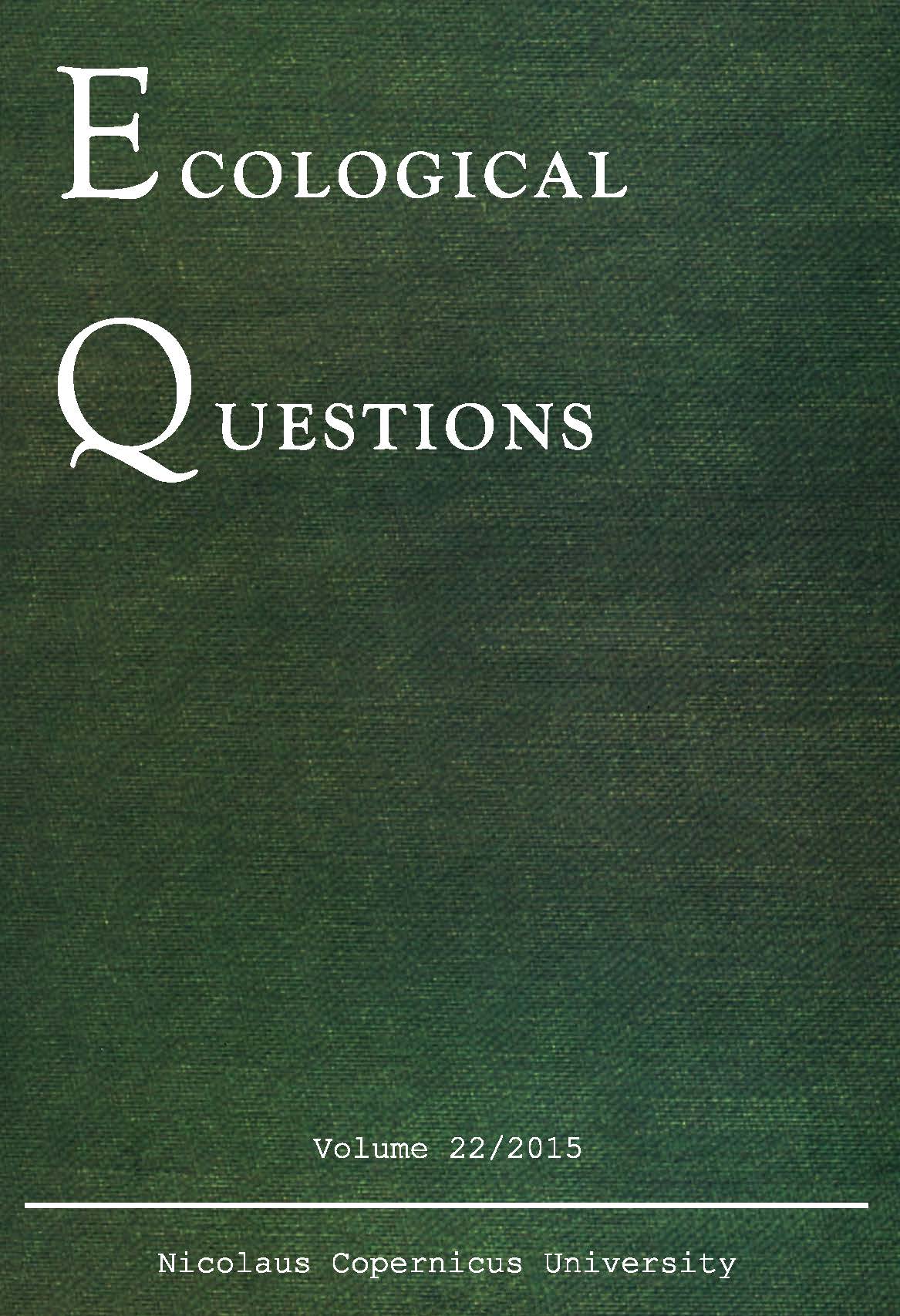Protected areas, tourism economy and employment generation: A case study from India
DOI:
https://doi.org/10.12775/EQ.2020.004Keywords
Protected area, tiger reserve, livelihood generation, community development, Pachmarhi Biosphere ReserveAbstract
Wildlife tourism in the form of Tiger Tourism dominates in India as the country is home to more than half of the world’s tiger population. The first tiger reserve was established in India in 1973.At present, there are 50 tiger reserves in the country, which are administered by the National Tiger Conservation Authority (NTCA) at the central level and state forest & wildlife departments at the field level. The present case study concerns the assessment of tourism economy and employment generation in one of the prominent tiger reserves in India, i.e. the Satpura Tiger Reserve of the Madhya Pradesh state. Based on the primary and secondary data, it has been estimated that the expenditure incurred by tourists in the Satpura Tiger Reserve between 2017 and 2018 amounted to INR 1,110 million (equivalent to USD 15,416,666; 1 USD = 72 INR). At the same time, around 127,187 man-days were generated for the nearby local community from the tourism establishments.References
Chape S., Harrison J., Spalding M. & Lysenko I., 2005, Measuring the extent and effectiveness of protected areas as an indicator for meeting global biodiversity targets. Philosphical transactions of Royal Society B: Biological Sciences 360(1454): 443-455.
Chundawat D.R., Raju V.U. & Rajora H., 2018, The value of Wildlife Tourism around Ranthambhore Tiger Reserve in Rajasthan for Wildlife Conservation and Local Communities. TOFTigers, New Delhi, India.
Filion F.L., Foley J.P. & Jacquemot A.J., 1994, The economics of global tourism, [in:] M. Munasinghe, J. McNeely (eds), Protected Area Economics and Policy: Linking Conservation and Sustainable Development. World Bank, Washington, D.C., USA: 235-252).
Fortin M.-J. & Gagnon C., 1999, An assessment of social impacts of national parks on communities in Quebec. Environmental Conservation 26(3): 200-211.
Goodwin H., 2010, Local Community Involvement in Tourism around National Parks: Opportunities and Constraints. Current issues in Tourism 5(3): 338-360.
Jhala Y., Qureshi Q. & Gopal R., 2015, The status of tigers in India 2014. National Tiger Conservation Authority, New Delhi and Wildlife Institute of India, Dehradun.
Karanth K.K. & Defries R., 2010, Nature-based tourism in Indian protected areas: New challenges for park management. Centre for Wildlife Studies 4(2): 137-149.
Naughton-Treves L., Holland M.B. & Brandon K., 2005, The role of protected areas in conserving biodiversity and sustaining local livelihoods. Annual Review of Environment and Resources 30: 219-252.
Rodgers W., Hartley D. & Bashir S., 2003, Community Approaches to Conservation: Some Comparisons from Africa and India, [in:] V. Saberwal, M. Rangarajan (eds.) Battle Over Nature: Science and the Politics of Conservation, Permanent Black, Delhi: 324-382.
Roy A., Vicky, & Chaudhary P., n.d., Protected Areas of Central India and livelihood issues of nearby community. Field Forester 5(2): 237-242.
Satpura Tiger Reserve. (http://www.satpuratigerreserve.mp.gov.in/).
Spiteri A. & Nepal S.K., 2008, Evaluating Local Benefits from Conservation in Nepal's Annapurna Conservation Area. Environmental Management 42(3): 231-401.
State of Forest Report, 2017, Forest Survey of India (FSI). Ministry of Environment, Forests and Climate Change, Dehradun, India.
Walpole M.J., Goodwin H.J. & Ward K.G., 2001, Pricing Policy for Tourism in Protected Areas: Lessons from Komodo National Park. Conservation Biology 15: 218-227.
Downloads
Published
How to Cite
Issue
Section
Stats
Number of views and downloads: 1150
Number of citations: 1



